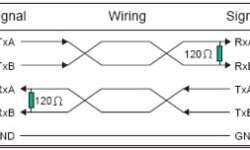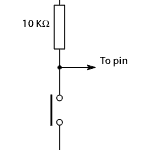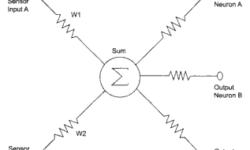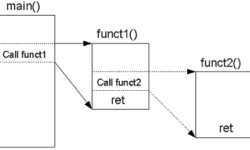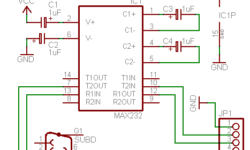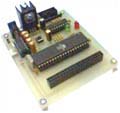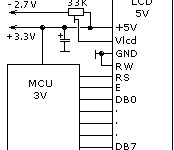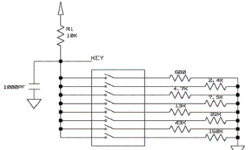RS-485 interface for connecting multiple devices
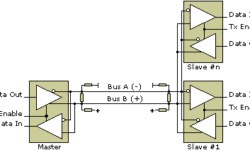
RS-485 is an updated version of the RS-422 interface. It is designed to communicate between multiple devices connected to a single data line. Standard allows connecting 32 transceivers to the data line. This is achieved by using tri-stable drivers that are separately programmable. This allows only one device to work at a given time. Resistors used in the circuit are so-called termination resistors for matching the transmitter and receiver impedances to avoid reflections. The matching resistor depends on the cable used but is 120Ohm.






